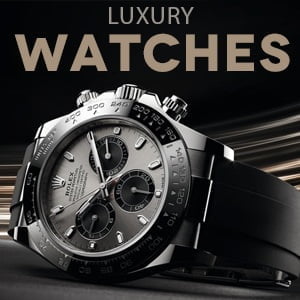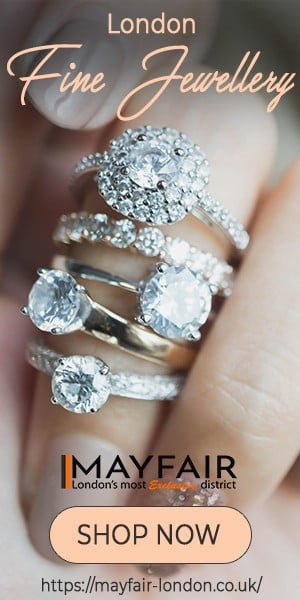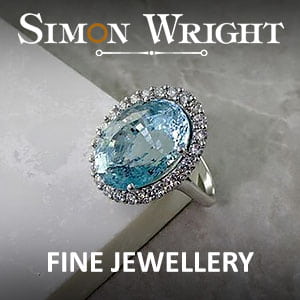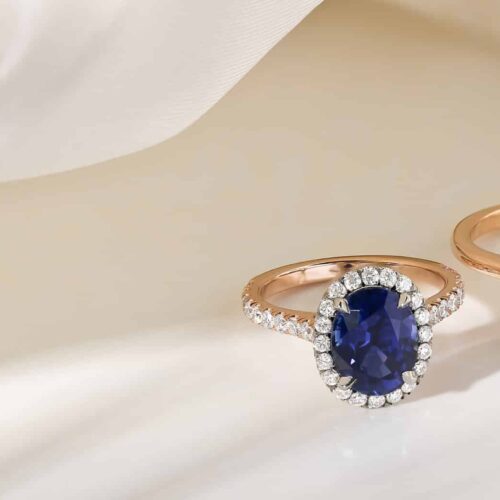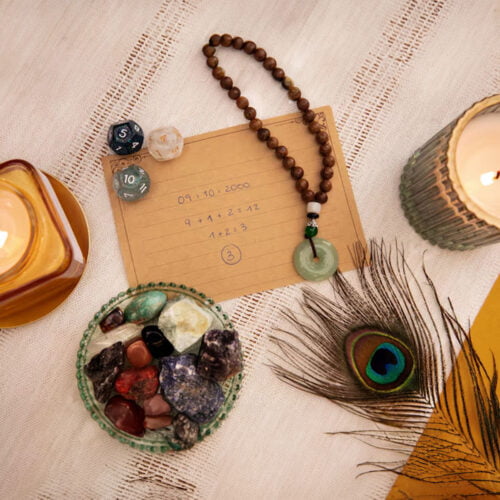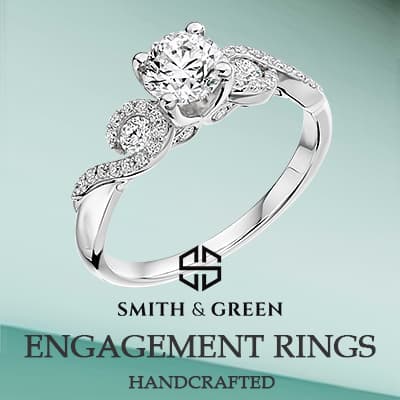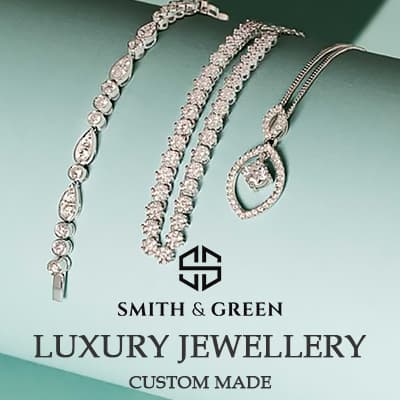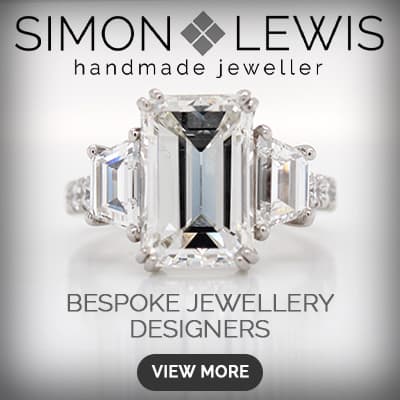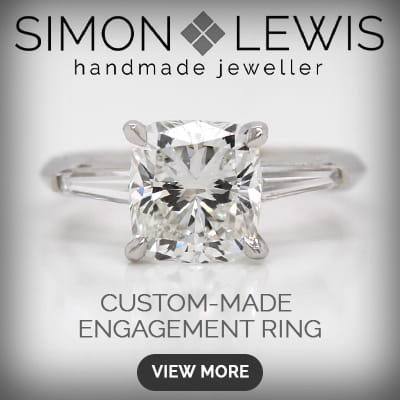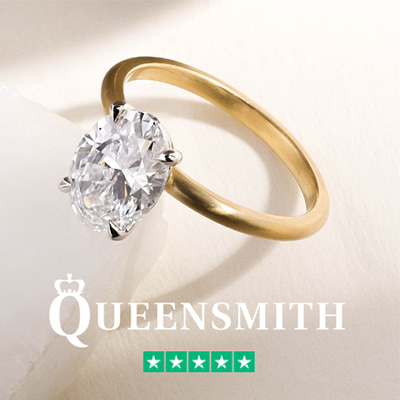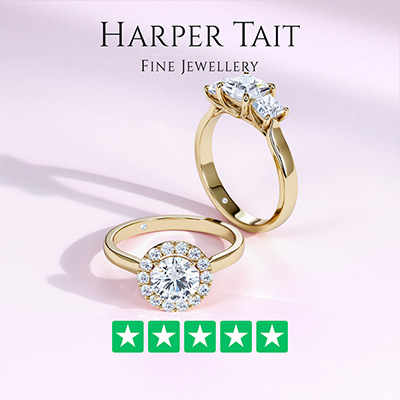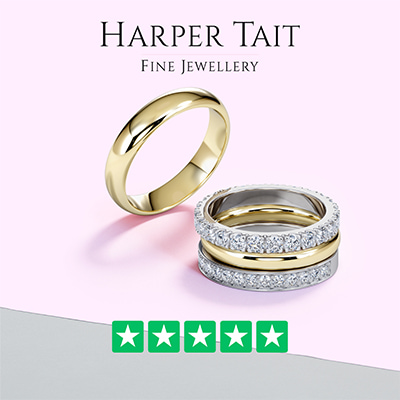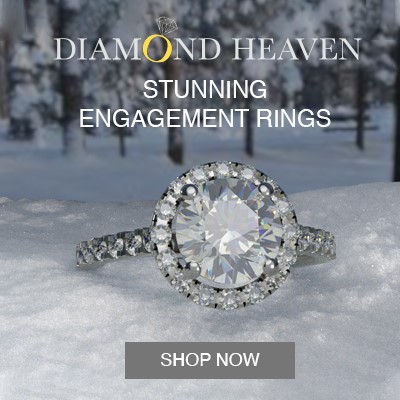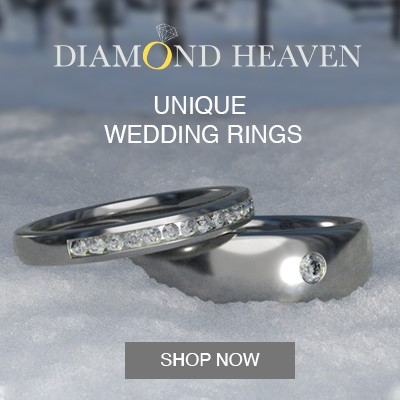In the enchanting world of gemstones, diamonds stand as the epitome of timeless beauty and unparalleled brilliance. Yet, the true essence of a diamond’s allure is not just seen but understood through a delicate balance of four fundamental attributes: Carat weight, Cut quality, Colour grade, and Clarity grade. These attributes, universally known as the 4Cs of diamonds, not only define the physical characteristics of these precious stones but also their very soul.
Understanding the 4 Cs: The Cornerstone of Diamond Quality
The journey into the heart of a diamond begins with an appreciation for the meticulous criteria that distinguish one gem from another. The 4Cs were conceptualized in the 1940s by Robert M. Shipley, the visionary founder of the Gemological Institute of America (GIA). This framework was revolutionary, providing both jewellers and enthusiasts with a comprehensive diamond grading system that remains the gold standard worldwide. It’s a testament to Shipley’s insight that today, the harmony between Carat, Colour, Clarity, and Cut is what each of us seeks when choosing a diamond, balancing beauty and value in our quest for the perfect gem.
The Carat Weight: Unveiling Diamond Size Perception
When we talk about the carat weight of a diamond, we’re referring to its physical weight, measured in carats. This measure is crucial because it directly influences a diamond’s perceived size and, by extension, its value. However, it’s important to understand that carat weight alone does not dictate a diamond’s overall appeal. Two diamonds of equal carat weight can have vastly different values depending on their cut quality, colour grade, and clarity grade.
Fun Fact: Did you know that the term “carat” is derived from the carob seeds that were historically used to balance scales in ancient markets?


The Colour: Exploring the Spectrum of Diamond Hues
Moving beyond weight, the colour of a diamond plays a pivotal role in its beauty. The ideal diamond is colourless, allowing it to reflect light with unmatched brilliance. However, diamonds exist across a spectrum of hues, from colourless to shades of yellow and brown, and even rare “fancy” colours like pink, blue, and green. The colour grade of a diamond is assessed on a scale from D (colourless) to Z (light colour). The closer a diamond is to being colourless, the more it is prized for its ability to interact with light, enhancing its sparkle and shine.
The Clarity in Diamond Grading
Clarity is where the natural origins of a diamond are most evident. Every diamond has a unique “fingerprint” of inclusions (internal characteristics) and blemishes (surface imperfections). The clarity grade measures the absence of these characteristics, with the highest grades awarded to diamonds in which inclusions and blemishes are not visible to the naked eye. The quest for clarity is a search for perfection, acknowledging that the fewer the imperfections, the more exquisite and valuable the diamond.
The Cut: Crafting Brilliance and Sparkle in Every Facet
Perhaps the most mesmerising of the 4Cs is the cut of a diamond. Unlike the other Cs, the cut is influenced by human artistry. The diamond cut determines how well a diamond interacts with light, contributing to its brilliance, fire, and scintillation. A well-cut diamond, regardless of its carat size, colour, or clarity, can exhibit a dazzling display of light. From the classic round brilliant cut to the elegant emerald cut, the skill of the cutter can elevate the inherent beauty of the diamond to new heights.
The Journey Beyond the 4Cs: Unravelling the Heart of Diamonds
While the 4Cs of diamonds lay the foundation for understanding a diamond’s quality, the journey into its heart goes beyond. Diamond shapes, proportions, symmetry, and polish play crucial roles in revealing a diamond’s true character. Each aspect contributes to the gem’s story, adding layers to its allure.
Diamond Shapes and Proportions: Beyond the traditional round brilliant, other shapes like the princess cut and emerald cut offer diverse aesthetics. The proportions of these cuts affect the diamond’s ability to reflect light, with ideal proportions ensuring maximum brilliance.
Symmetry and Polish: A diamond’s symmetry refers to the alignment and balance of its facets, while polish indicates the smoothness of those facets. High levels of both are essential for a diamond to display its best light performance.
Diamond Certification: A critical factor in the diamond selection process is its certification. Reputable organizations like the GIA provide diamond certification that verifies a diamond’s attributes as per the 4Cs, giving buyers confidence in their investment.
Hatton Garden Jewellers: Known for their expertise and exquisite collections, these jewellers offer a gateway to finding diamonds that meet the highest standards of beauty and craftsmanship.
Conclusion
Exploring the world of diamonds through the lens of the 4Cs and beyond reveals the depth of consideration needed to choose a gem that resonates with personal taste and values. It’s a journey that balances scientific precision with the art of aesthetic appreciation, leading to a selection that not only captivates the eye but also symbolises enduring beauty and commitment.
FAQs
- What determines a diamond’s sparkle?
The cut quality primarily influences a diamond’s brilliance. - Are higher carat diamonds always better?
Not necessarily; cut, colour, and clarity also impact value. - Can you see diamond inclusions with the naked eye?
Depends on the clarity grade; some inclusions are invisible. - Do all diamonds come with certification?
Not all, but certification provides assurance of quality. - Why choose Hatton Garden Jewellers?
They’re known for quality, craftsmanship, and expertise.


